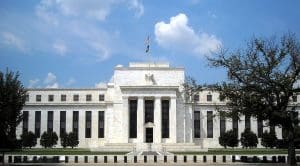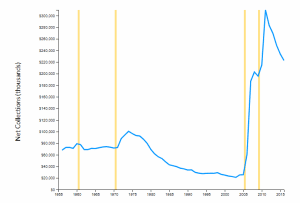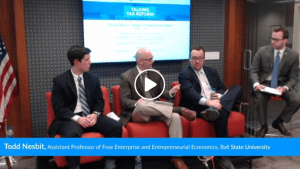The economic crisis caused by the coronavirus pandemic poses a triple challenge for tax policy in the United States. Lawmakers are tasked with crafting a policy response that will accelerate the economic recovery, reduce the mounting deficit, and protect the most vulnerable.
To assist lawmakers in navigating the challenge, and to help the American public understand the tax changes being proposed, the Tax Foundation’s Center for Federal Tax Policy modeled how 70 potential changes to the tax code would affect the U.S. economy, distribution of the tax burden, and federal revenue.
In tax policy there is an ever-present trade-off among how much revenue a tax will raise, who bears the burden of a tax, and what impact a tax will have on economic growth. Armed with the information in our new book, Options for Reforming America’s Tax Code 2.0, policymakers can debate the relative merits and trade-offs of each option to improve the tax code in a post-pandemic world.

Maine Tax Conformity Bill a Step Toward Better Policy
In the wake of the Tax Cuts and Jobs Act, Maine is considering conformity legislation that would improve the competitiveness of the state’s tax code.
3 min read


Tax Foundation Brief in Wayfair Online Sales Tax Case: SCOTUS Should Set Meaningful Limits on State Taxing Power
In the South Dakota v. Wayfair online sales tax case, the U.S. Supreme Court should ensure that state sales tax laws don’t burden interstate commerce.
3 min read

President Trump Announces Two Steep Tariffs on Steel and Aluminum
President Trump’s new tariffs on steel and aluminum will have negative consequences for downstream manufacturing companies, consumers, and other sectors in the economy.
4 min read



Tax Reform Moving Quickly in Georgia
In response to federal tax reform, Georgia is poised to reform its own tax code in a way that would make the state more competitive with its neighbors.
3 min read